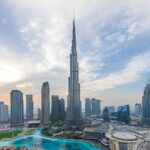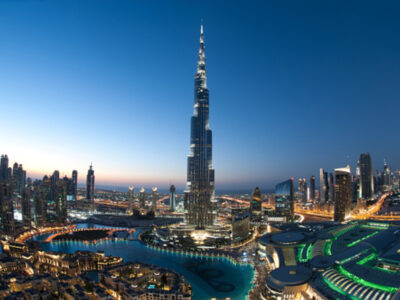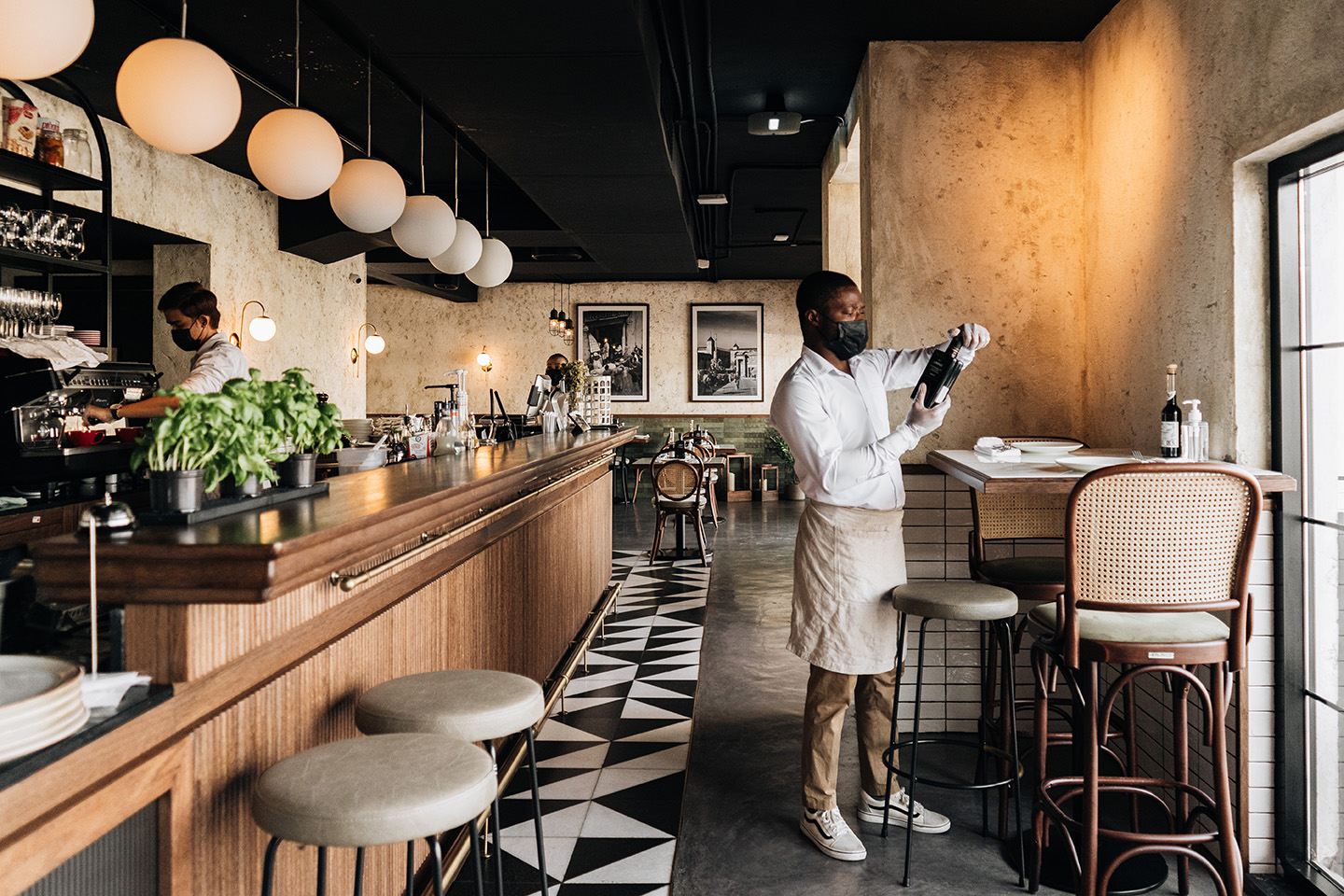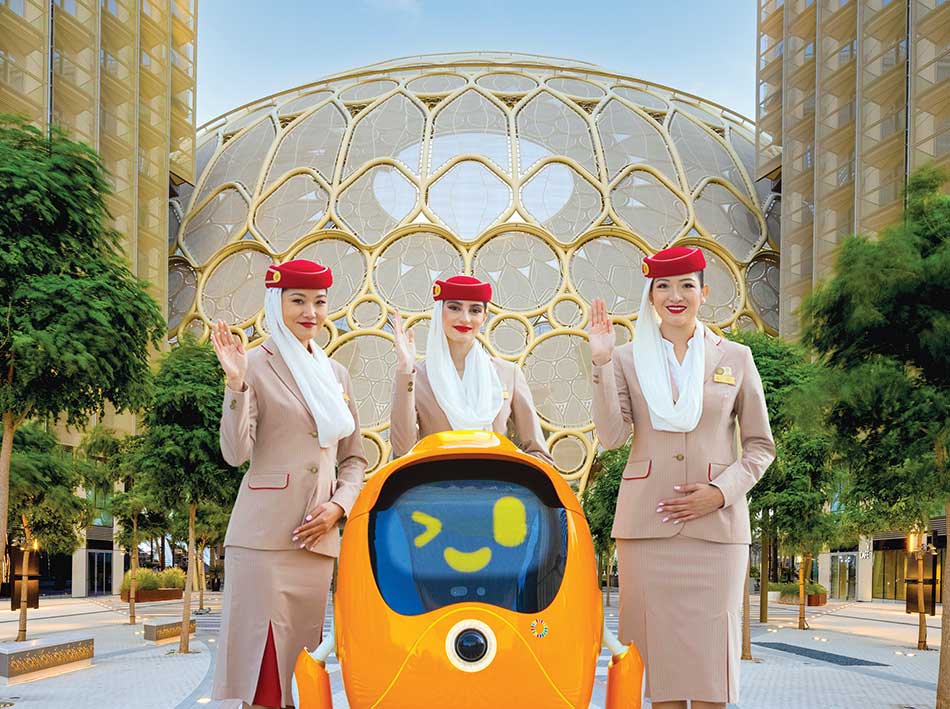
LEED-certified buildings have 34 pc lower CO2 emissions, consume 25 pc less energy and 11 pc less water
Dubai’s iconic landmark Burj Khalifa is now LEED O+M Platinum certified, the optimum international standard for the operation and maintenance of green buildings. The landmark achievement has been attained in partnership with facilities management firm Farnek.
According to a press statement by Farnek, it provided specialised LEED consultancy services, complying with LEED O+M standards to attain of the platinum certification for Burj Khalifa, which at 828 metres high, is the world’s tallest building.
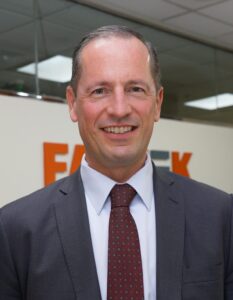
Markus Oberlin
“This outstanding achievement clearly demonstrates owner and operator Emaar Properties’ commitment to sustainable practices and cements the Burj Khalifa’s enviable reputation as a global sustainable landmark, aligned with the UAE’s NetZero 2050 strategy. Buildings are responsible for 40 pc of global energy carbon emissions and are routinely recognised as a critical sector in tackling climate change. LEED-certified buildings have 34 pc lower CO2 emissions, consume 25 pc less energy, 11 pc less water and have diverted more than 80 million tonnes of waste from landfills,” says Markus Oberlin, CEO, Farnek.
The firm says that its key initiatives undertaken included energy and water performance, indoor environmental quality, sustainable site management, effective transit connectivity waste management and sustainable sourcing.
The statement adds that the programme provides building with a framework for identifying and implementing green building strategies. LEED projects earn points by adhering to prerequisites across nine measurements for building excellence from integrative design to human health to material use.

Peter Templeton
The statement adds that the US Green Building Council (USGBC) which developed the LEED (Leadership in Energy and Environmental Design) green building program, is the most widely used green building rating system in the world and an international symbol of excellence.
“LEED certification is the ultimate recognition of global green building leadership, signalling that a building has undergone rigorous third-party verification and meets the highest green standards. By prioritising sustainability, the Burj Khalifa is leading the way and helping the USGBC continue towards our goal of green buildings for everyone within this generation,” says Peter Templeton, President and CEO, USGBC.
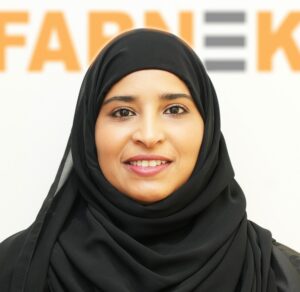
Muna Al Nahdi
“The LEED O+M certification places a strong emphasis on sustainable operations. Farnek has been providing facilities management services for Burj Khalifa for over a decade now and significantly contributed to its sustainability performance by implementing top-tier green building practices and sustainable operational strategies,” says Muna Al Nahdi, Head of Sustainability and Consultancy at Farnek.
“The Burj Khalifa’s sustainability performance was already commendable, and this became evident when it scored highly and achieved platinum certification, after being benchmarked against local and international standards through the LEED rating system. This exceptional performance is particularly notable in areas such as energy and water efficiency and indoor air quality. We initiated the consultancy process and efficiently completed the required documentation to meet LEED requirements within just six months,” he adds.
Farnek says that it employed cutting-edge energy management and optimisation strategies such as implementing smart building technologies, the use of energy-efficient lighting and HVAC systems and in addition to continuous monitoring and measurement, carried out regular audits to identify and address areas for improvement.
It adds that water consumption was also monitored to identify opportunities for conservation, by installing water-efficient fixtures and appliances, implementing landscaping practices that minimise water usage and by diverting condensate water for irrigation purposes.
The statement adds that the Burj Khalifa provides a healthy and comfortable indoor environment for residents and visitors, by utilising measures such as efficient ventilation systems and controlling and monitoring indoor air quality and enhanced thermal comfort and light levels, that improve productivity, health and well-being.
“This accomplishment was facilitated by our extensive expertise in LEED consultancy and the active involvement of our FM team. This acknowledgment underscores the significance of Farnek’s innovative and eco-conscious FM practices, which transforms ordinary structures into sustainable buildings,” says Nahdi.








